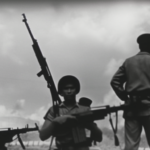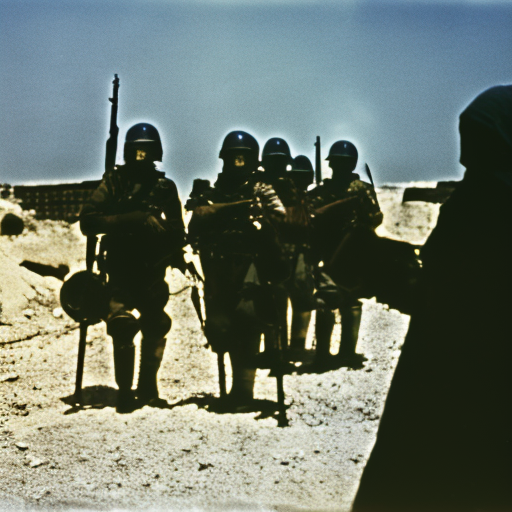The Vietnam War (1955-1975)
The Vietnam War was a prolonged conflict that took place from 1955 to 1975 in Vietnam, Laos, and Cambodia. It was fought between the communist forces of North Vietnam, supported by the Soviet Union and China, and the non-communist forces of South Vietnam, supported by the United States and other anti-communist allies.
Causes of the Vietnam War
The Vietnam War was primarily a result of the Cold War tensions between the United States and the Soviet Union. After the division of Vietnam into North and South following the French withdrawal in 1954, the communist forces in the North, led by Ho Chi Minh, sought to reunify the country under their rule. The United States, fearing the spread of communism in Southeast Asia, provided military and economic aid to the South Vietnamese government.
Escalation of the Conflict
The conflict escalated in the early 1960s when the United States began sending military advisors to assist the South Vietnamese army. As the communist insurgency grew stronger, the United States increased its military involvement, eventually deploying combat troops in 1965. The American strategy was to use superior firepower to defeat the communist forces and prevent the collapse of South Vietnam.
Tactics and Strategies
The Vietnam War was characterized by guerrilla warfare tactics employed by the communist forces. They used hit-and-run attacks, ambushes, and booby traps to wear down the American and South Vietnamese forces. The United States, on the other hand, relied heavily on conventional warfare tactics, such as search-and-destroy missions and aerial bombardment. The American military also employed chemical defoliants, such as Agent Orange, to destroy the dense jungle cover used by the Viet Cong.
Protests and Opposition
The Vietnam War sparked widespread protests and opposition in the United States and around the world. Many Americans opposed the war on moral and political grounds, arguing that it was an unjust and unnecessary conflict. The anti-war movement gained momentum in the late 1960s, with large-scale protests and demonstrations taking place across the country. The war also led to a growing divide within American society, with generational and cultural differences fueling the opposition.
Tet Offensive and Turning Point
In 1968, the communist forces launched a major offensive known as the Tet Offensive. Although the offensive was militarily unsuccessful for the communists, it had a significant psychological impact on the American public. The Tet Offensive exposed the gap between the optimistic assessments of the war’s progress by the U.S. government and the reality on the ground. It further eroded public support for the war and led to increased calls for a negotiated settlement.
Withdrawal and Fall of Saigon
In 1973, the United States signed a peace agreement with North Vietnam, leading to the withdrawal of American troops. However, fighting between North and South Vietnam continued, and in 1975, the North Vietnamese launched a major offensive. The South Vietnamese forces were quickly overwhelmed, and on April 30, 1975, Saigon, the capital of South Vietnam, fell to the communists. This marked the end of the Vietnam War and the reunification of Vietnam under communist rule.
Legacy
The Vietnam War had a profound impact on both Vietnam and the United States. It resulted in the loss of millions of lives and caused immense suffering and destruction. In the United States, the war led to a reassessment of foreign policy and a decline in public trust in the government. It also had a lasting impact on the veterans who fought in the war, many of whom faced difficulties reintegrating into society.
In Vietnam, the war left a legacy of division and economic challenges. The country faced years of reconstruction and struggled to recover from the devastation caused by the conflict. The war also had regional implications, with neighboring countries, such as Laos and Cambodia, experiencing their own conflicts and political upheavals.
Overall, the Vietnam War was a complex and contentious conflict that had far-reaching consequences. It remains a subject of study and debate, highlighting the complexities of war, foreign policy, and the human cost of armed conflicts.












